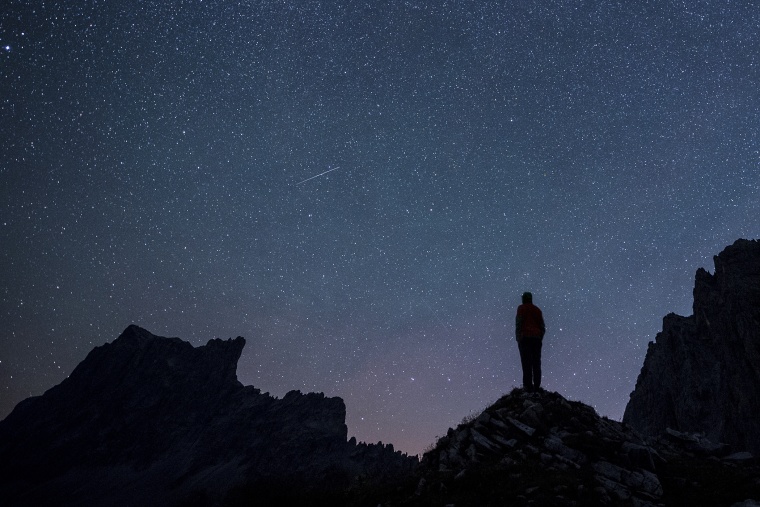2015 was out of the world. Researchers discovered strong signs of water on Mars. NASA discovered an "older, bigger cousin to Earth." And the space agency released photos showing the clearest look at Pluto to date. Revisit the year's biggest stories in space.
Mars shows strong signs of flowing water, researchers say
A new study provides the “strongest evidence yet” of salty liquid water that flows on modern-day Mars, researchers said on Monday in a groundbreaking discovery that holds implications for future expeditions to the Red Planet.
“Our quest on Mars has been to ‘follow the water’ in our search for life in the universe, and now we have convincing science that validates what we’ve long suspected,” said John Grunsfeld, associate administrator at NASA’s Science Mission Directorate in Washington, D.C. “This is a significant development, as it appears to confirm that water – albeit briny – is flowing today on the surface of Mars.”
SpaceX makes history: Falcon 9 launches, lands vertically
SpaceX completed an historic vertical landing of its Falcon 9 rocket on Monday night — the first time such a feat had been achieved. The launch and landing in Cape Canaveral, Florida, were the first from the private U.S. spaceflight company since its rocket exploded on liftoff in June. “Welcome back, baby!” SpaceX founder Elon Musk tweeted after touchdown.
Perseid meteor shower lights up the night sky
Meteors lit up the sky before dawn in mid-August. NASA has called this year’s Perseids meteor shower “one of the best potential viewings in years.” “The Perseids have been observed for at least 2,000 years and are associated with the comet Swift-Tuttle, which orbits the sun once every 133 years,” according to NASA. “Every August, the Earth passes through a cloud of the comet’s orbital debris. This debris field – mostly created hundreds of years ago – consists of bits of ice and dust shed from the comet which burn up in Earth’s atmosphere to create one of the premier meteor showers of the year.”
Photo Post: Perseid meteor shower lights up the night sky
NASA mission discovers ‘older, bigger cousin’ to Earth
NASA on July 23 announced the discovery of Kepler 452b, the most Earth-like planet ever found. Located 1,400 light-years from our planet, NASA called it “Earth 2.0,” because it’s the first small, rocky planet discovered in the habitable zone of a G Star similar to our sun.
“We can think of Kepler-452b as an older, bigger cousin to Earth, providing an opportunity to understand and reflect upon Earth’s evolving environment,” Jon Jenkins, the Kepler data analysis lead at NASA’s Ames Research Center, said.
Pluto as you’ve never seen it before
Ever wondered what a “summer” on Pluto might be like? Well now you can see for yourself. NASA released detailed close-up images of Pluto on Dec. 5 that were transmitted from its New Horizons spacecraft, revealing the clearest look to date of the dwarf planet. The images were taken during a July flyby and offer an unprecedented glimpse into Pluto’s diverse terrain, complete with craters, mountains and ice fields.
